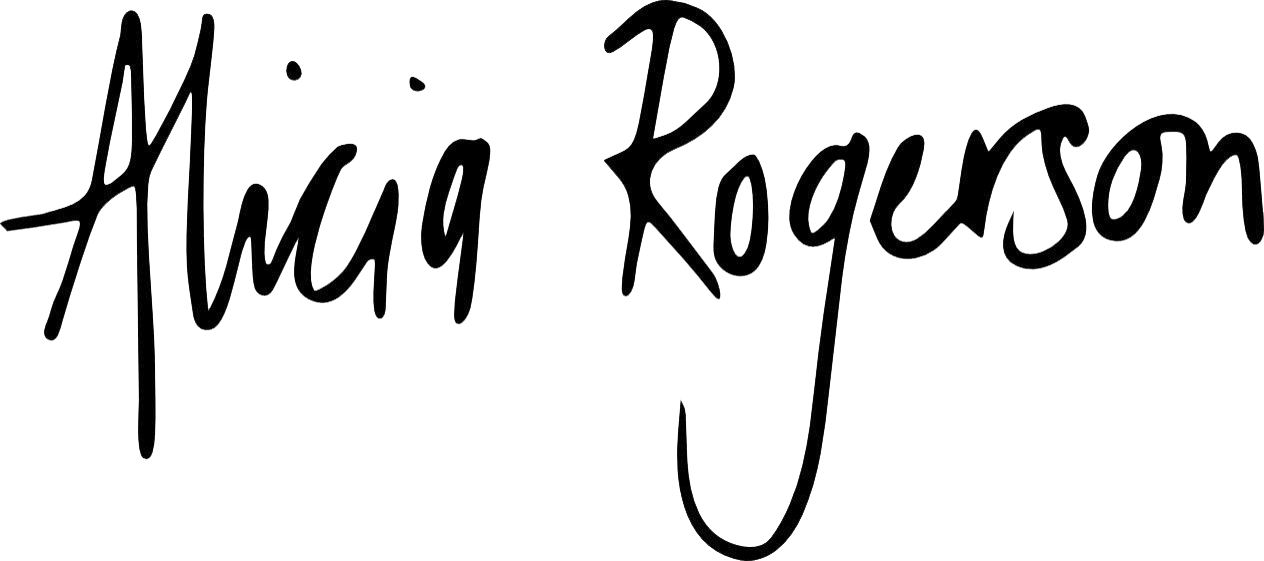Juggling Creativity and Kids
I always had this illusion that I would be able to create with my kids. That I could happily work on my large canvas painting and my children would be sitting at a table or the floor with their own supplies, paper and imagination. This belief that I would be able to have the pleasure of being a stay at home mum but still connect to the artistic part of my brain.
It has been an interesting journey. There have been times this has been the case, but one thing I didn’t know was how unpredictable my children would be, or how independent and challenging they could also be! I’ve learnt so much and wanted to share my advice.
Don’t leave out art supplies to go to the toilet / answer the phone / get something
Your child thinks you are amazing and wants to be just like you. At the age of 2-3 my eldest adorned the bottom of one of my commissioned canvases with about forty white handprints. Yep I just left the room for mere seconds….
Have a dedicated space that is seperated
My art is my escape, and being able to walk away from that space is important. Over the years I’ve had table, a room, a caravan and an art studio. It is important to segregate that space away from the children. Then when they do come in they are supervised, it is a “new” exciting space that gives them positive energies but it also gives you a child free area to retreat to.
Give your children time, love and energy
All three of my children are very different but very similar. If you try to paint/sew/create all day, which I know many of you will, make sure you spread that out with spending pockets of time with your child. You could bring the baby into the studio in a highchair. Put a toddler into a playpen beside the kitchen table where you are sewing. Spend time building lego with your three year old and then let them continue their imagination while you get back to finishing off your project. If they feel like they are part of the journey, they won’t fight for your attention.
There are times to stay away from creating
Sick kids, tight deadlines, too much life events. So much easier to take a break for a few days and come back when we’re recharged again. It is very hard to make art when your creative cup is empty so work on ways to refill it. Making and creating for me always comes in cycles.
Teach them how to use your supplies
I know this might make you cringe. I’ve found many people over the years horrified when their child picks up an expensive texta and risks damaging it. The thing is though, kids can be gentle and kind if they are taught how to use them properly in the first place. My ten year old can write, storyboard illustrations, crochet and knit. My seven year old can paint, create tone and draw. My four year old can do the most incredible line drawings.
Create rules and stick to them
This resolves around the subject of respect. My art and my craft are important to me and an extension of myself. I expect my children (and visitors to the studio) to take care of my things. I only need to supervise my four year old, my girls are old enough to try my supplies out and ask when they are unsure about how to use something. In fact they are very eager and keen learners!
Don’t judge
Children can create the most amazing artwork. Generally they live away from the criticisms of the world which is why as adults we find it so hard to put our creations out there. We worry about what people think, how they’ll interpret it, what value they place on it, if they like it or not. If it will offend someone, if it is big enough, how we will display it, if it is the right colours…. our minds keep ticking non stop and it gets worse as we age.
The world is seen differently by children. Generally in a more positive light and they can just express themselves and their emotions in an open way. If my four year old is angry his artwork will reflect that - a bit mess of scribbles, paper tears, banging the pastels down on the paper. If my eldest is writing a song it will be full of light, dreams and hope. Support their pathways and guide them to advance to the next step.Don’t set them up to fail
When my children get frustrated they’ll throw a tantrum. It is natural that they will struggle to communicate sometimes and it might be the only way they can express themselves at that moment. Don’t put too much pressure on them to create some grand three storey dollhouse or draw a rendered frog illustration. Let them work on projects that they know they can do and there are many resources around in which they can practice their talents and gradually upskill. Let them use creativity as an outlet for expression rather than creating the next Da Vinci.
Kids posing for book illustrations
Kids coming along on my research trips for illustrating books





